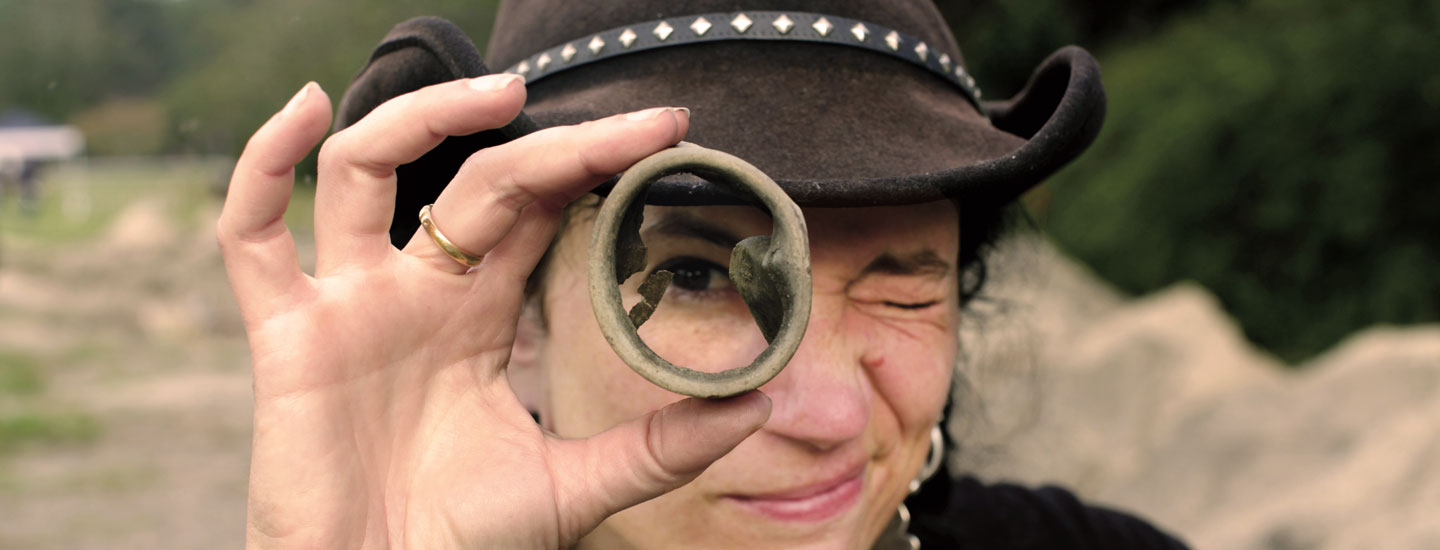When Chelsea Rose was 11, her family took a trip to Nevada City, California. The town was built in the mid-1800s, when gold was found in a nearby river. The valuable metal drew thousands of miners to the western U.S. hoping to strike it rich. Rose was fascinated by the town’s past. “To me, it was cooler than Disneyland!” she says.
Rose went on to turn her love of history into a career. Today, she’s an archaeologist. That’s a person who studies the past by examining human remains and artifacts, the objects people leave behind.
Most recently, Rose has been studying the miners who came from China to the U.S. in search of gold in the 1800s. These immigrants were treated unfairly in many ways. That led many of them to leave the country. “It’s important to tell their stories,” Rose says. “Otherwise people won’t know they were here and what happened to them.”
When Chelsea Rose was 11, her family took a trip to Nevada City, California. The town was built in the mid-1800s. That’s when gold was found in a nearby river. The metal was worth a lot of money. It drew thousands of miners to the western U.S. They all hoped to strike it rich. Rose was amazed by the town’s past. “To me, it was cooler than Disneyland!” she says.
Rose loved history. She turned that passion into a career. Today, she’s an archaeologist. That’s a person who studies the past. Archaeologists examine human remains. They also look for artifacts, the objects people leave behind.
Rose has been studying miners from China most recently. They came to the U.S. in search of gold in the 1800s. These immigrants were treated unfairly in many ways. That led many of them to leave the country. “It’s important to tell their stories,” Rose says. “Otherwise, people won’t know they were here and what happened to them.”

